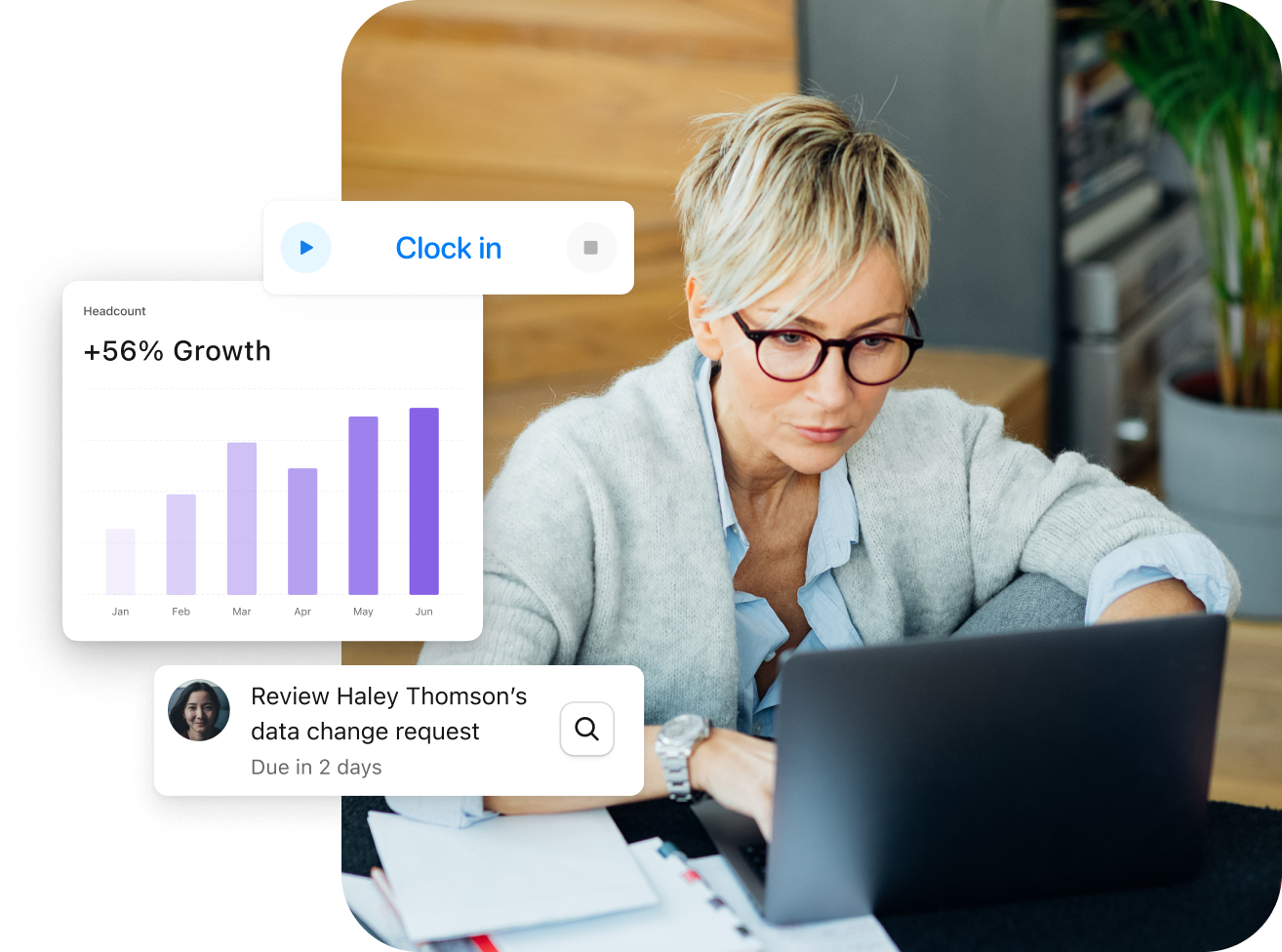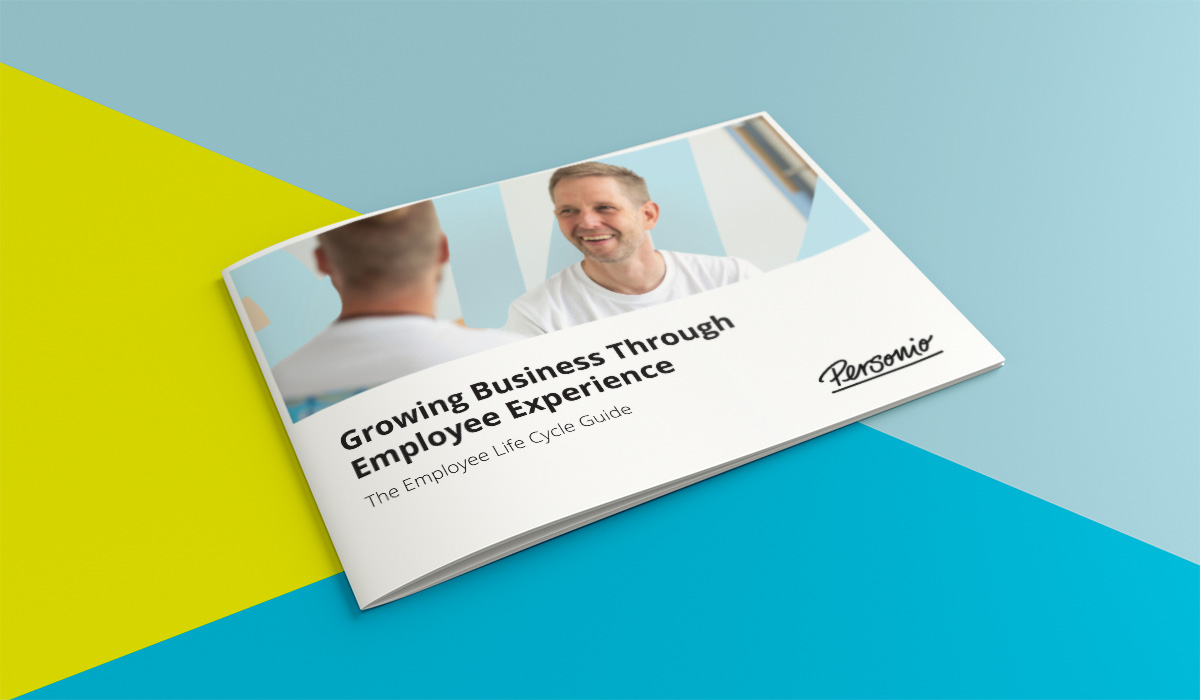Latest Blog Posts
Building the best HR tech stack for UK organisations

What tools do your teams use on a daily basis? The fact is that the HR and other workplace technologies that you choose to employ can have a direct impact on employee productivity, engagement and retention. To do it right, you need a proper HR tech stack.
In this article, we’ll take you through the topic and how your organisation should think about building your roster of HR technologies. Come and join us on the journey!
Download our guide to get to the heart of the employee life cycle model.What is an HR tech stack?
An HR tech stack is a collection of integrated software and tools designed to streamline and enhance various HR processes and programmes. These tools help automate tasks such as recruitment, payroll, performance management and employee engagement.
By leveraging an effective HR tech stack, organisations can improve efficiency, accuracy and overall employee experience. That’s because it encompasses a variety of tools that work together to handle different aspects of HR, from core HR functions to specialised tasks.
The right HR tech stack can transform how an organisation manages its workforce, resulting in more efficient processes and more data driven HR teams.
Why do you need an HR tech stack?
For UK organisations, an HR tech stack is essential for staying competitive in a rapidly evolving business landscape. Gaining access to a robust HR tech stack ensures compliance and flexibility, while also helping manage the diverse needs of today’s workforce.
Here are some of the most compelling reasons to build up or revisit your HR tech stack:
Digital transformation and automation - The rise of remote work has highlighted the need for flexible, digital-first solutions. An HR tech stack supports by providing tools for virtual onboarding, performance management and digital communication. This, paired with HR workflow automation, results in an amazing combination.
Data-driven decision making - An integrated HR tech stack provides valuable insights through analytics and reporting. By leveraging your people data, organisations can make informed decisions about hiring, development and human resource planning. This leads to better organisational performance and improved business outcomes.
Compliance and regulatory requirements - UK organisations face stringent regulatory requirements. An effective HR tech stack helps ensure compliance by automating data management and providing secure storage solutions. This reduces the risk of non-compliance and the associated penalties.
Streamline your employee life cycle at every step

Take your organisation to new heights with these employee-centric best practices.
Get the guideTypes of HR tech stack tools
To build out your tech stack, you’ll likely need a variety of tools. But, it’s critical to consider and implement each of them in the following order as we’ve listed below:
Core solutions

These include HRIS (Human Resource Information Systems) that manage employee data, payroll and benefits. Core solutions are the backbone of any HR tech stack, providing essential functionalities that support day-to-day HR operations.
Recruiting solutions

Tools like an ATS (Applicant Tracking Systems) streamline the hiring process. They help manage job postings, track applications and facilitate communication with candidates. Recruiting solutions can significantly reduce the time and effort required to find and hire the right talent. In many cases, these can come part and parcel with a core solution.
Point solutions
These are specialised tools for specific functions such as performance management, learning and development and employee engagement. Point solutions address niche areas of HR and provide advanced features that core solutions may lack. While they are important, your team should consider heavily whether to add them to your tech stack — each additional point solution can add complexity, which makes integrations (see below) all the more important.
Integrations
Ensure all tools can communicate and share data seamlessly to provide a unified HR experience. Integration platforms or middleware can help connect different tools, enabling data to flow freely across the HR tech stack. A great core solution should be able to offer a host of integrations to other tools that can effectively build out your tech stack in a way that feels all-encompassing without feeling overwhelming.
How do you build an HR tech stack?
Here are the five key steps to building out your HR tech stack:
1. Assess your needs | Identify the specific HR tasks that need improvement or automation. Conduct a thorough analysis of your current HR processes and pinpoint areas where technology can add value. |
2. Research solutions | Consider factors such as scalability, user experience and integration capabilities. Reading reviews and case studies can provide insights into how different tools perform in real-world scenarios. |
3. Plan out integrations | Ensure that the new tools can seamlessly integrate with each other and with your current infrastructure. Integrations are crucial for creating a unified HR ecosystem where data flows smoothly between systems. |
4. Pilot and evaluate | Test the tools in a controlled environment to evaluate their effectiveness. A pilot phase allows you to identify any issues and make necessary adjustments before full implementation. |
5. Implement, train and learn | Roll out the tools across the organisation and provide training to ensure smooth adoption. Training is essential to help line managers and employees understand how to use the new tools effectively. |
Top considerations when building an HR tech stack
When selecting tools for your HR tech stack, consider the following:
Scalability: Choose solutions that can grow with your organisation. As your business expands, your HR tech stack should be able to handle increased demands without compromising performance.
User experience: Ensure the tools are user-friendly and provide a positive experience for both HR professionals and employees. A good user experience can drive adoption and make it easier for users to leverage the full capabilities of the tools.
Integration capabilities: Opt for tools that can easily integrate with your existing systems. Seamless integration ensures that data flows smoothly between different tools, reducing the need for manual data entry and minimising errors.
Build a better tech stack with Personio

Personio stands out as the ideal HR software for UK organisations looking to build a comprehensive HR tech stack. Here’s why:
All-in-one solution: Personio offers a unified platform that covers all core HR functions, across the employee lifecycle. This eliminates the need for multiple point solutions and simplifies HR management for your entire organisation.
User-friendly experience: Designed with ease of use in mind, Personio ensures a seamless experience for all users. The intuitive interface makes it easy for HR professionals and employees to navigate and use the platform effectively.
Scales with your needs: Whether you’re a small business or a growing SME, Personio scales with your needs. The platform can handle increasing demands as your organisation grows, ensuring that your HR processes remain efficient.
A thorough marketplace: Personio effortlessly integrates with other workplace tools, providing a cohesive HR ecosystem. This ensures that data flows smoothly between different HR functions, enabling better decision-making and improved efficiency.
Personio can be an ideal choice for UK organisations looking to build an effective HR tech stack with the flexibility and compliance to match. Speak with an expert today or start a free trial to see our solution in action.
